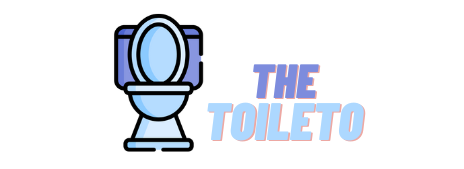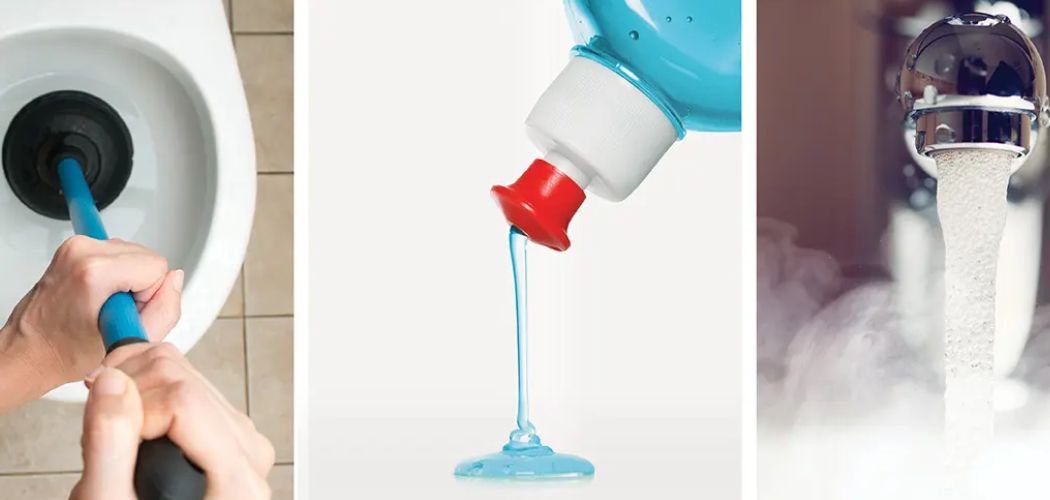When traveling or staying in a rental property, knowing how to unclog a toilet in a hotel can be an essential skill. A clogged toilet can lead to inconvenience and discomfort and result in additional stress during your stay. This guide aims to provide practical steps to help you tackle this issue effectively, ensuring your experience remains pleasant.
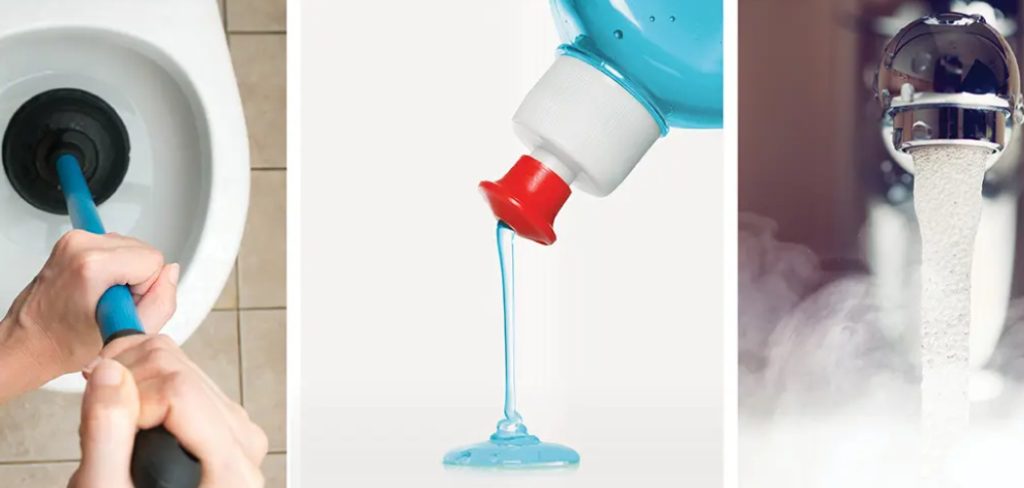
The process begins with assessing the situation to identify the type of clog, followed by gathering the right tools and supplies. Once prepared, you will learn how to utilize effective techniques, including using a plunger or toilet auger, to resolve the blockage. By familiarizing yourself with these methods, you can confidently manage unexpected plumbing problems, making your travels more enjoyable.
Assessing the Situation
Identifying the Type of Clog
To effectively tackle a clogged toilet, it’s crucial to determine the nature of the blockage. Minor clogs, often caused by toilet paper or waste, typically result in slow drainage or slight water movement. Conversely, more serious clogs may be due to foreign objects or underlying plumbing issues and can manifest through signs such as water rising rapidly or unusual gurgling sounds coming from the bowl. Recognizing these signs will help you approach the situation correctly.
Checking for Overflows
Before attempting to flush when you suspect a clog, check the water level in the toilet bowl. If the water is rising close to the rim, it’s vital to halt the flush to prevent an overflow. You can lift the toilet tank lid and push down the flapper valve to stop the water flow. This quick action can avert a messy situation and give you time to consider your next steps in dealing with the clog.
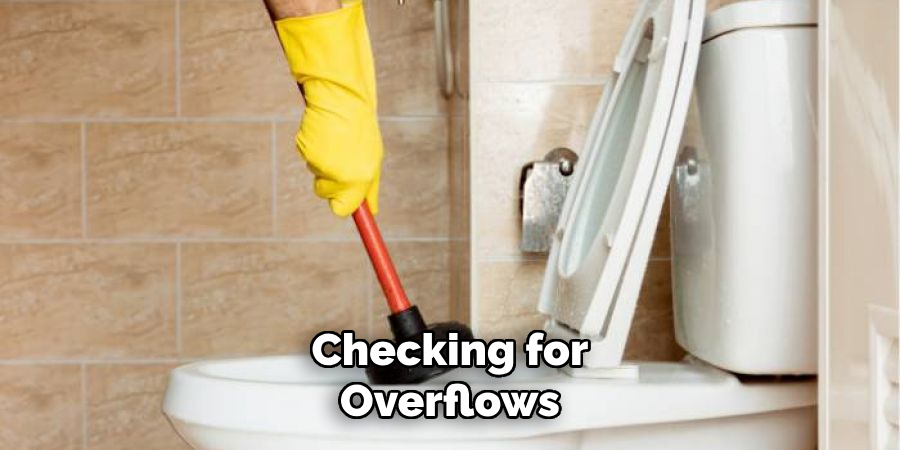
Gathering Tools and Supplies
Essential Tools
Having the right tools on hand is essential to effectively unclog a toilet in a hotel. Start with a sturdy plunger, which is the most common tool for this job, followed by a toilet auger for more stubborn clogs. Additionally, rubber gloves will protect your hands while handling any mess, and a bucket can be handy for containing excess water. While many hotel rooms may have basic tools, it’s smart to inquire at the front desk for assistance if needed.
Additional Supplies
Optional supplies can significantly aid in resolving clogs but should be used according to hotel policy. Dish soap can help break down blockages when combined with hot (not boiling) water, providing a less aggressive option. If permitted, a drain cleaner designed for toilets can also be effective; just follow the manufacturer’s instructions for safe use. Always prioritize safety by using these supplies in a well-ventilated area and wearing protective gear when necessary.
How to Unclog a Toilet in A Hotel: Using a Plunger
Choosing the Right Plunger
When unclogging a toilet, selecting the right plunger type is crucial for effective results. There are generally two types of plungers: the standard cup plunger and the flange plunger. The standard cup plunger, with its flat bottom and wide opening, is more suitable for sinks and tubs. In contrast, the flange plunger features an extended rubber flap or “flange” that fits snugly into the toilet’s drain.
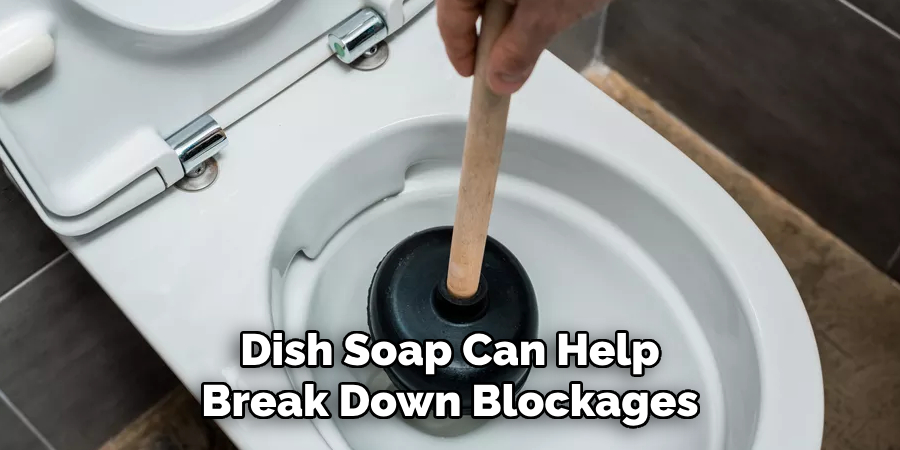
This design creates a more effective seal, allowing for increased suction and pressure to dislodge stubborn clogs. Due to the unique shape of toilet bowls, a flange plunger is recommended for tackling toilet obstructions, as it provides better leverage and enhances the odds of successfully clearing the blockage.
Plunging Technique
To effectively use a plunger to unclog a toilet, follow these steps:
- Preparation: Before using the plunger, ensure it is fully submerged. If the toilet bowl is too low, add some water to ensure the plunger can create a proper seal.
- Plunging: Position the plunger over the drain opening, ensuring a tight seal. Use quick, forceful strokes to push down and pull up. Aim to maintain the seal and avoid lifting the plunger out of the water to prevent any splashing.
- Testing: After 15-20 plunges, attempt to flush the toilet. Observe whether the water drains smoothly. If the clog persists, repeat the plunging process several more times. Persistence is often key, and with the correct technique, you may successfully clear the blockage.
How to Unclog a Toilet in A Hotel: Using a Toilet Auger
Choosing and Handling the Auger
A toilet auger, or a closet auger, is a specialized tool designed specifically for unclogging toilets. Unlike a regular drain snake, which may be too rigid and potentially damage the toilet bowl, a toilet auger features a flexible, protective sleeve that allows it to safely navigate the curves and shapes of toilet plumbing. When preparing to use an auger, insert the end of the cable into the toilet bowl, taking care to avoid any damage.
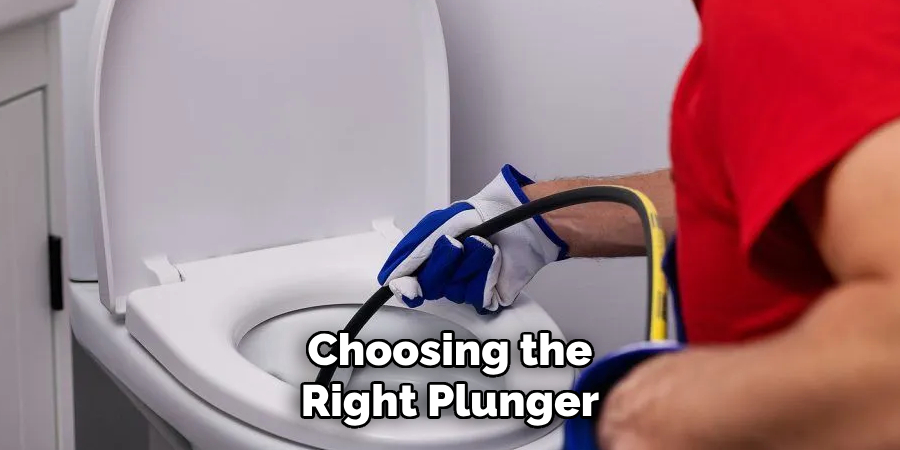
Begin turning the handle slowly to extend the auger cable into the drain. This gradual approach allows the cable to flex around bends and reach the blockage, facilitating a more effective unclogging process. Mastering the use of a toilet auger can greatly enhance your ability to manage tougher clogs that gravity and plungers alone may not resolve.
Augering Technique
To use a toilet auger effectively, follow these steps:
- Inserting the Auger: Begin by carefully inserting the auger into the toilet bowl. Be gentle to avoid any unintentional pressure on the toilet that could cause cracking. Once the end is in the drain, turn the handle clockwise to extend the flexible cable into the drain pipe.
- Breaking Up the Clog: As you continue to turn the handle, apply light pressure to help break up or retrieve the clog. It’s essential to be gentle during this process to prevent damage to the toilet or its internal components.
- Retrieving and Cleaning: After the clog has been cleared, slowly pull the auger out while continuing to turn the handle to help clean the cable. Dispose of any debris pulled back. Finally, flush the toilet to test if the blockage is fully cleared and ensure that the flow is smooth. If necessary, repeat the process until the toilet functions properly.
Alternative Methods for Stubborn Clogs
Using Dish Soap and Hot Water
If conventional methods fail, dish soap combined with hot water can be an effective alternative for breaking down toilet clogs. Start by pouring a generous amount of dish soap—around half a cup—into the toilet bowl. The soap works to lubricate the clog, making it easier to dislodge. Next, carefully add hot water to the bowl, ensuring it’s hot but not boiling, as boiling water can crack the porcelain. A good amount is about a gallon.
Allow the mixture to sit for 15 to 30 minutes; this resting period gives the soap time to penetrate the clog and aid in breaking it down. Afterward, attempt to flush the toilet. If the clog has been successfully dissolved, the water should drain smoothly. If the toilet remains clogged, you may need to repeat this process or consider another method.
Using a Drain Cleaner
Should the situation persist and hotel policy allows, a drain cleaner can prove beneficial for more stubborn clogs. Start by selecting a cleaner specifically formulated for toilets. Read the label carefully to ensure it’s appropriate for your situation, as using the wrong product can cause damage. Pour the recommended amount of the cleaner directly into the toilet bowl, ensuring the product reaches the clogged area.
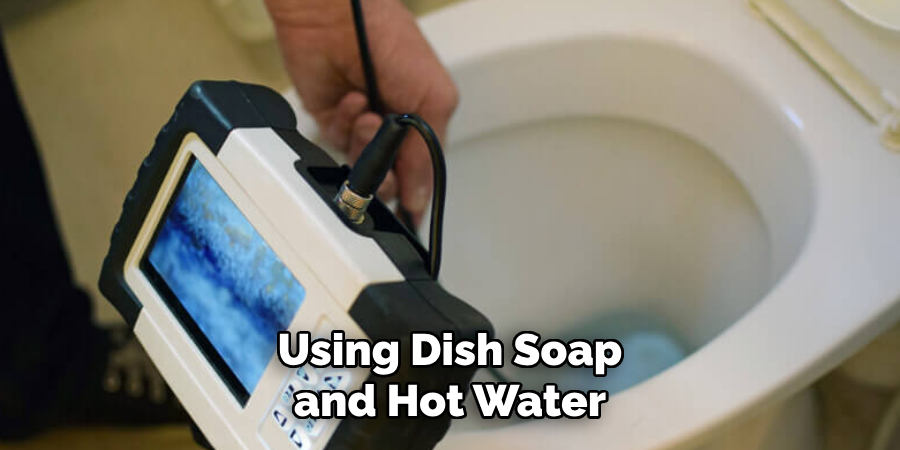
Allow it to sit for the time specified on the label—this often ranges from 15 minutes to a few hours, depending on the product used. After the recommended duration, flush the toilet to assess whether the clog has been cleared. Be sure to follow any safety precautions listed on the cleaner’s label, such as wearing gloves and ensuring proper ventilation, to protect yourself from harmful chemicals. If the issue persists, further intervention may be required.
When to Call for Professional Help
Recognizing When to Seek Assistance
If your attempts to unclog a toilet remain unsuccessful after trying the previously mentioned methods, it may be time to contact hotel maintenance or management. Signs that point to the need for professional help include persistent clogs, unusual noises from the plumbing, or water backing up into other fixtures. These indicators suggest that the issue may extend beyond a simple blockage, indicating potential plumbing problems requiring expert attention.
Benefits of Professional Assistance
Engaging a professional plumber for severe clogs has several advantages, including the expertise needed to identify and resolve complex plumbing issues effectively. By relying on trained professionals, you can avoid the risk of accidentally damaging your toilet or plumbing system during DIY attempts. Furthermore, using a professional service ensures that the clog is addressed thoroughly, ultimately leading to long-term solutions and peace of mind regarding your toilet’s functionality.
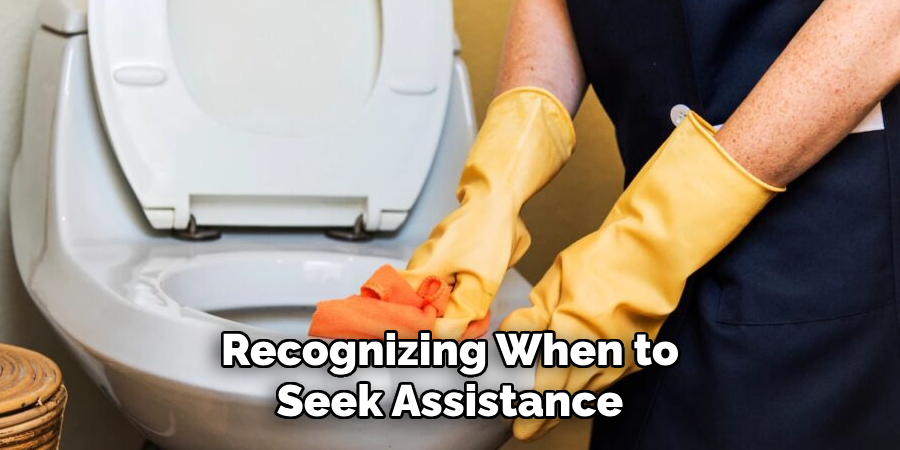
Preventative Measures and Tips
Avoiding Future Clogs
To prevent clogs in hotel toilets, being mindful of what gets flushed is essential. Avoid flushing excessive amounts of toilet paper, as this can quickly lead to blockages. Additionally, never dispose of non-flushable items such as feminine hygiene products, wipes, or paper towels in the toilet. Informing guests of these practices can significantly reduce the risk of plumbing issues and preserve the functionality of the restroom facilities.
Reporting Issues
Encourage guests to report any persistent or recurring plumbing issues to hotel management promptly. By addressing these concerns early, hotels can take necessary maintenance actions to prevent future clogs and ensure that all restroom facilities remain in optimal condition. Effective communication between guests and management fosters a proactive approach to maintenance, contributing to a more pleasant experience for all.
Conclusion
In summary, knowing how to unclog a toilet in a hotel can empower both guests and staff to address plumbing issues efficiently. The primary methods include using a plunger for minor clogs, a toilet auger for tougher blockages, and a mixture of dish soap and hot water for additional assistance. When these methods do not yield results, it may be wise to consider a professional drain cleaner or to seek help from hotel maintenance.
Remember to use the appropriate tools and techniques tailored to your situation to avoid damaging the toilet. Ultimately, these steps ensure that you can manage clogs effectively, maintaining comfort during your stay. With this knowledge, you’ll be better equipped to handle common restroom inconveniences and ensure a smoother experience for yourself and your fellow guests.
